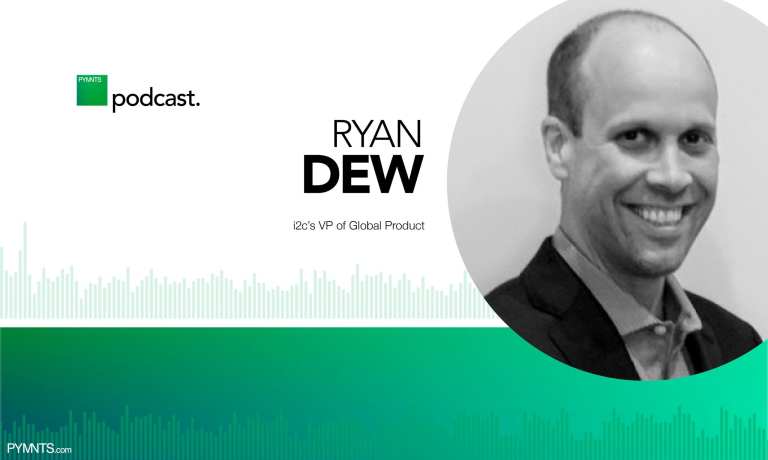
Broadly speaking, the buy now pay later (BNPL) growth spurt over the last few years has been nothing short of amazing, and arguably doubly so when you consider the fact that the past 18 months of its growth occurred under the global cloud of COVID.
In less than five years, BNPL products have gone from being relatively unknown to being widely available in stores, online and seemingly everywhere, with new venues popping up each day and even major new players like Apple jumping into the space.
Today, PYMNTS data shows that more than half of all consumers have tried using these modern-day installment plans at least once to pay for a purchase, and it’s gotten to the point now where some checkout pages are even offering multiple BNPL options.
But that explosive growth, i2c’s Vice President of Global Product Ryan Dew told PYMNTS, stems from the simple fact that BNPL is one of the few products introduced in recent years that presents a win-win-win scenario for all parties involved.
“It’s really rare that a product category comes along where all parties win,” he said. “From a merchant perspective, they’re going to see added lift at the point of sale. From an issuer perspective, growing the relationship with their cardholders and being able to offer additional products is always the name of the game. And consumers win by getting that flexibility, transparency and budget-friendliness of these products.”
But for all its gains and glory, he noted, BNPL is just getting started with traditional card issuers.
BNPL’s Future With Card Issuers
What the rise of BNPL offerings demonstrates most clearly, Dew noted, is that customers are looking for transparency and predictability, two things that installment products offer. As a result, consumers have become increasingly loyal to the purchase method itself — rather than the brand or merchant — creating a shift in loyalty strategy that he says will be interesting to watch unfold.
“This is a really huge opportunity and an inflection point for traditional card issuers. Issuers have an opportunity to leverage BNPL’s popularity by introducing new capabilities into their product strategy. If done effectively, they can retain or win back top-of-wallet status by delivering experiences customers are looking for in a very meaningful way,” he said.
Moreover, data indicates that when given a choice, consumers still prefer to access BNPL products from their primary financial institutions (FIs) if they can. That not only means the opportunity is there but suggests a company like i2c can help guide traditional issuers as they start to think about going to market with BNPL solutions.
While traditional card issuers are very familiar with some variations of BNPL — particularly pre-purchase and post-purchase — when it comes to offering installments during the checkout, he noted, they have been slow to innovate. Through partnerships with Visa and other networks, i2c has solutions to help issuers offer frictionless BNPL customer experiences at the point of sale.
The Looming B2B Possibilities
BNPL’s massive strides in the consumer segment cannot be denied, Dew noted, but also worth watching going forward as there is still untapped potential in the B2B segment.
“I really can’t think of a better application of BNPL products than a business that needs to make a planned or unplanned purchase more affordable,” Dew said. “For businesses, it really becomes a great cash flow management tool, and it gives them the ability to spread repayment of specific purchases over time.”
In fact, interest in the segment among commercial customers is “extremely high” right now and issuers are looking for products to help their business customers, Dew noted, pointing to the segment’s reputation for having challenging and friction-filled payment processes rather than being able to free up cash flow or introduce predictability into repayments. The pre-set transparency is such a critical component for businesses, he said, and issuers are looking for ways to support the needs of their business customers.
“In a lot of ways, the B2B customers are the ones driving the conversation,” he noted.